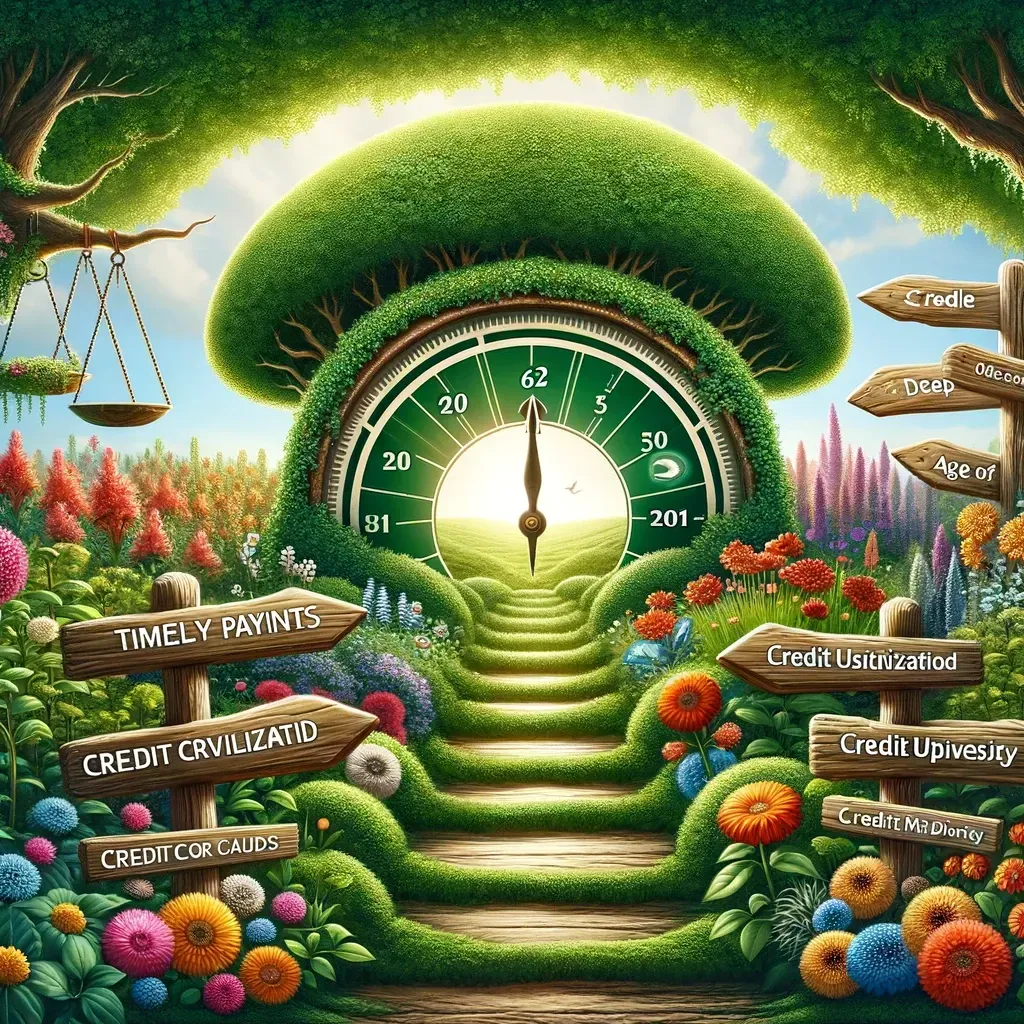What are the best strategies to improve my credit score?
If You Have A Good Payment History And A Low Debt-To-Credit Ratio

Improving your credit score is a bit like trying to get fit: there's no magic pill, it requires consistent effort, and the internet is full of "quick fixes" that don't work. But fear not! With 15 years of navigating the treacherous waters of credit repair, I've charted the best course to bolster your financial fitness without falling for the fad diets of the finance world.
Pay Your Bills on Time: The Foundation
Think of on-time payments as the cardio of your credit score workout. Just as you can't build fitness without a solid aerobic base, you can't build a good credit score without a history of timely payments. Set reminders, automate payments, and do whatever it takes to never miss a due date. It's the simplest, yet most crucial step in your journey.
Keep Credit Utilization Low: The Strength Training
Your credit utilization ratio is how much credit you're using compared to how much you have available, and it should be kept under 30% — though under 10% is even better. It's like not overloading the barbell on your first day in the gym. If you're maxing out your credit cards, you're essentially trying to bench press too much, too soon.
Don't Close Old Accounts: The Stretching Routine
Old credit accounts add depth to your credit history, much like how stretching improves your overall fitness flexibility. Closing these accounts can shorten your credit history and increase your utilization ratio, tightening your financial flexibility. Keep those old accounts open, even if you're not using them frequently.
Limit New Credit Applications: The Recovery Days
Every time you apply for credit, it can cause a small dip in your score due to a hard inquiry. It's akin to overtraining without giving your body time to recover. Apply for new credit sparingly, ensuring you're not constantly putting stress on your credit score.
Diversify Your Credit: Cross-Training
Just as a well-rounded fitness routine includes a variety of exercises, a well-rounded credit file includes a mix of credit types: revolving (credit cards), installment loans (auto, personal, mortgage), and more. This shows lenders you can manage different types of credit responsibly.
A Tale of Credit Recovery
Let me share a quick story. Once upon a time, there was a young person named Jamie, who, in their quest for a great credit score, sprinted too fast, applying for every credit card under the sun. Soon, Jamie's score was out of breath, weighed down by inquiries and high utilization. By adopting a more measured, disciplined approach — paying down balances, pacing new applications, and nurturing old accounts — Jamie's credit score regained its stamina, and they crossed the finish line with a score they could be proud of.
Choosing a pay-after-deletion approach for your credit repair journey is a strategic move that prioritizes results and aligns payment with the successful removal of negative items from your credit report. This method offers a clear incentive for credit repair services to diligently work on your behalf, ensuring that efforts are directly linked to tangible improvements in your credit profile. By adopting a pay-after-deletion model, you engage in a transparent and accountable process, where the focus is squarely on achieving outcomes that can genuinely enhance your financial standing. It's a forward-thinking strategy that underscores the importance of effective, results-oriented credit repair, making it an essential consideration for anyone serious about improving their credit score.
GET A FREE QUOTE TODAY

Contact Us
Address:
407 Jackson Park Rd
Kannapolis, NC 28083
(By Appointment Only)
Phone
Tel: 813-345-4097
Text: 813-345-4097
Business Hours-
Monday - 8am - 7pm
Tuesday- 8am - 7pm
Wednesday - 8am - 5pm
Thursday - 8am - 7pm
Friday - 8am - 7pm
Saturday - 8am - 7pm
Sunday - closed


